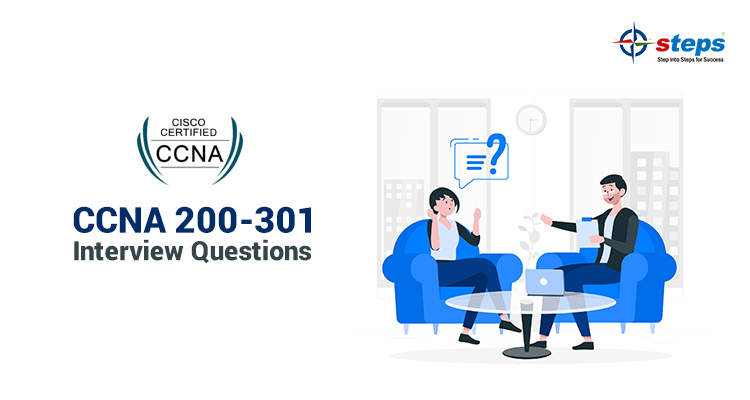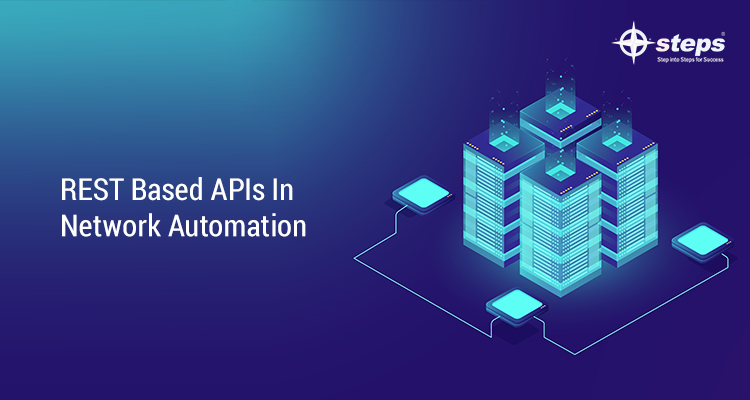CCNA 200-301 interview questions

When it comes to the facing interviews, research and preparations for interview can help you better grasp whether or not you advance to the next phase. One of the best ways to get ready for your interviews is to keep practicing your responses to the most common interview questions with the help and support of the new CCNA 200-301 Training Program in Kochi. Now lets look into the important questions to focus on.

1. What is the concept about IP packet transmission in a LAN-connected TCP/IP host and its IP ROUTING?
Generally, IPv4 hosts use basic two-branch logic. To transmit an IP packet to another host, which is located on the same LAN, that is sender and receiver is in the same IP network or subnet, the sender sends the IP packet directly to that host. Otherwise, the sender sends the packet to its default gateway.
2. What are the primary functions of a dynamic routing protocol?
A router automatically learns routes for IP subnets and IP networks directly connected to its interfaces. Routers also forward (route) IP packets, but that process is called IP routing. But router use the dynamic routing protocols such as OSPF, EIGRP, BGP, ISIS and RIP to learn neighboring routes, advertising.
The IP subnets and routing information to other neighboring routes, if more than one path exists to reach a subnet it will choose the best path to reach that network and if the topology is changes it advertise the changes and easily converge
3. A switch SW1 connects via a cable to another switch SW2’s G0/1 port. What is the reason for late collision counters to continue to increment?
There is a duplex mismatch in configuration, that condition does cause to collisions, particularly late collisions, if switch SW1 was using half duplex, and switch SW2 using full duplex, SW1 would likely see late collisions and see that counter increment over time.
4. A switch SW1 sends a frame to switch SW2 using 802.1Q trunking. What will SW1 changes or adds to the Ethernet frame before forwarding the frame to SW2?
If data passes through a trunk port, the switch will insert 802.1Q defines a 4-byte header after the original frame’s destination and source MAC address fields. The insertion of this header does not change the original frame’s source or destination address. The header itself holds a 12-bit VLAN ID field, which identifies the VLAN associated with the frame.
5. Which duplex mode, the wireless LAN devices, will operate?
In WLANs use 802.11 family devices. It uses the half duplex operation mode over air modulation techniques and use CSMA/CA technique for avoiding collisions.
Every interviews can be tackled down with ease. You just need to understand how and where to start your career building path. To acquire more in depth and practice correctly we suggest you to get in touch with the best CCNA training institute in Kochi. Let this be a new travel path to seek the skills, knowledge and efficiency to be at the topmost space.


